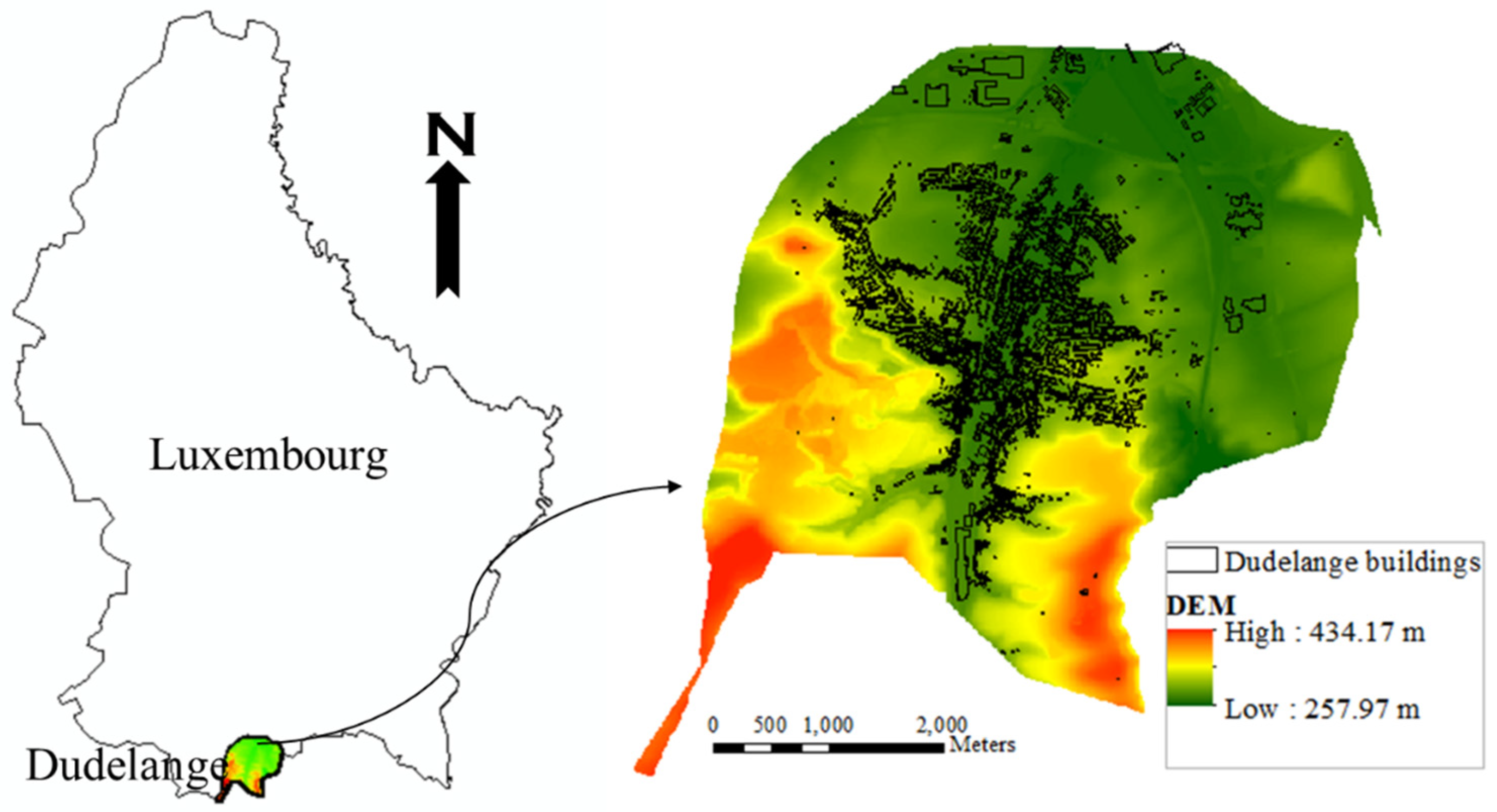
ASA/JPL/ASI/University of Arizona/University of LeicesterĪ new analysis of data from NASA’s Cassini probe suggests that auroras may be responsible. The 65 observations used here were captured by Cassini’s visual and infrared mapping spectrometer on Nov. So what is keeping its atmosphere warm? This false-color composite image shows auroras (depicted in green) above the cloud tops of Saturn’s south pole. The planet’s atmosphere temperatures are an ongoing mystery though, as it is located so far from the sun that it can’t receive much heat from the star. Saturn is also home to some of the strongest winds in the solar system, with wind speeds of over 1,100 miles per hour. It has highly variable temperatures, with some regions being up to 80 degrees Celcius in temperature and others as low as -250 degrees Celsius. Saturn’s atmosphere is composed primarily of hydrogen, with a smaller amount of helium and traces of methane and water ice. One open question is why exactly the atmosphere of gas giants like Saturn is so warm, even when the planet is located far from the sun. Fitbit Versa 3Īlthough we are learning more than ever before about the other planets in our solar system, there are still plenty of mysteries to unwind. It has been 10,000 years since the average annual temperature in New Zealand was this warm, which is likely to be near the edge of the range that current ecosystems have experienced here. That doesn’t sound like much of an increase, but small changes can have large consequences. The annual average land-surface temperature in Aotearoa has risen by 1.1☌ since records began in 1909. We are already seeing changes in patterns of rainfall and temperature across Aotearoa, with increasing extreme rainfall as well as frequency and intensity of droughts in some places. It takes a lot of energy to power our modern lifestyles! In recent decades, emissions have risen even more rapidly. Greenhouse gas emissions started to increase 200–300 years ago when we began to burn fossil fuels at the start of the industrial revolution. Our burning of fossil fuels and other activities have increased the amount of greenhouse gases in the atmosphere. For the past 3,000 years the average temperature in Aotearoa has been relatively steady, rising and falling by less than a degree over this time.

Without these gases, Earth would be a barren, rocky planet.Ī balance of atmospheric gases has kept the annual average temperature in Aotearoa within a range of 10–14☌ for the last 14,000 years – the time of the last ice age. The greenhouse gases in our atmosphere hold in heat, protect us from harmful radiation and sustain plant and animal life.

Our climate is also changing due to human influences. Each contribution adds another piece to a very complex puzzle. Scientists from around the globe are collaborating to gather data and add evidence-based observations to the wider climate change knowledge base. Western regions often have stronger winds and higher rainfall, especially along the coastline. Areas like the Bay of Plenty, Marlborough and Nelson are sheltered from prevailing westerly winds and tend to have drier more-settled climates than those on the west coasts. Topography is one of the key factors in Aotearoa – the mountain ranges that run the length of the country divide the land into climate regions. There are many factors that influence climate – nearness to the ocean, elevation, prevailing wind patterns and topography – so climate patterns of rain and sunshine differ from place to place. The weather can change daily or even hourly.Ĭlimate is a combination of weather conditions that occur throughout the year and is averaged over decades – 30 years or longer. It is the current atmospheric conditions – temperature, rainfall and wind happening in a specific location or region. There is a saying that climate is what you expect, weather is what you get.


 0 kommentar(er)
0 kommentar(er)
